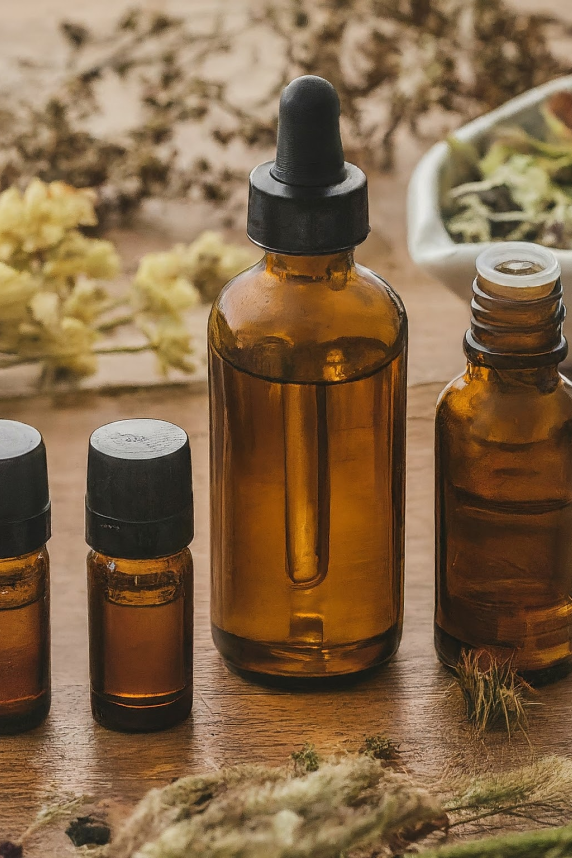
Table of Contents
Imagine sinking into a warm bath after a long day, the calming scent of lavender wafting through the air. Or picture a masseuse kneading away your stress, her fingertips infused with the invigorating aroma of peppermint oil. These are just a glimpse into the world of aromatherapy and therapeutic oils, two practices gaining immense popularity in the pursuit of holistic well-being. But with so much information swirling around these terms, it can be confusing to understand what they are and how they differ.
This blog post aims to be your one-stop guide, clarifying the distinct purposes of aromatherapy and therapeutic oils and exploring their unique benefits. By the end, you’ll be equipped to navigate this fragrant landscape and choose the approach that best resonates with your individual needs.
Delving into the World of Aromatherapy:
Aromatherapy, steeped in traditions dating back centuries, harnesses the power of plant extracts known as essential oils to promote emotional and physical well-being. These potent, concentrated oils are typically inhaled through diffusers or diluted and applied topically to specific areas. Popular essential oils like lavender, chamomile, and peppermint are known to offer a range of benefits, from promoting relaxation and reducing stress to easing muscle tension and boosting energy levels.
Therapeutic Oils: A Different Kind of Power:
While similar in name, therapeutic oils serve a distinct purpose. Unlike essential oils used primarily for their aromatic properties, therapeutic oils are carrier oils like coconut or jojoba, which are often infused with herbs and botanical extracts for targeted therapeutic uses. They are primarily used in massage therapy and reflexology, where the practitioner directly applies the oil to the skin for pain relief, inflammation reduction, and promoting relaxation.
Understanding the Key Differences:
The crucial distinction lies in their primary uses and application methods:
- Purpose: Aromatherapy focuses on relaxation, mood enhancement, and emotional well-being, while therapeutic oils target physical ailments, pain management, and promoting overall well-being.
- Application: Aromatherapy utilizes diffusion or diluted topical application, while therapeutic oils are typically applied directly to the skin during massage or reflexology sessions.
- Regulation: Regulations surrounding dilution rates and usage guidelines can vary significantly between essential oils and therapeutic oils.
Embrace the Benefits, Prioritize Safety:
Aromatherapy offers an array of benefits, including:
- Stress reduction and relaxation
- Improved mood and emotional well-being
- Enhanced sleep quality
- Boosted energy levels
Therapeutic oils, on the other hand, can be beneficial for:
- Muscle pain relief
- Joint inflammation reduction
- Improved skin health
- Promoting relaxation and well-being
It’s important to remember that safety is paramount. Both essential oils and therapeutic oils can be potent and may have side effects, especially when not used properly. Always consult a qualified practitioner or aromatherapist before using therapeutic oils, and research and dilute essential oils appropriately before incorporating them into your routine.
Choosing Your Path:
When deciding between aromatherapy and therapeutic oils, consider:
- Your personal preferences: Do you seek emotional well-being or address specific physical concerns?
- Your health conditions: Consult with a healthcare professional if you have any pre-existing health conditions.
- Seeking professional guidance: An aromatherapist can offer personalized recommendations and ensure safe usage.
The Final Note:
Aromatherapy and therapeutic oils offer unique paths to enhance your well-being. By understanding their distinctions, benefits, and safety considerations, you can confidently explore which option resonates most with you. Remember, informed usage and safe practices are essential for reaping the full potential of these fragrant remedies. So, breathe deeply, explore consciously, and embark on your personal journey towards holistic well-being.
